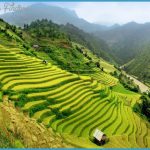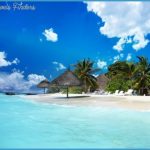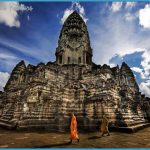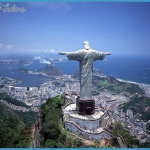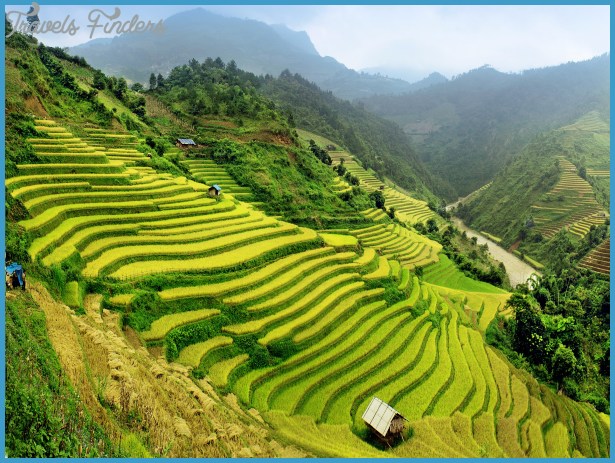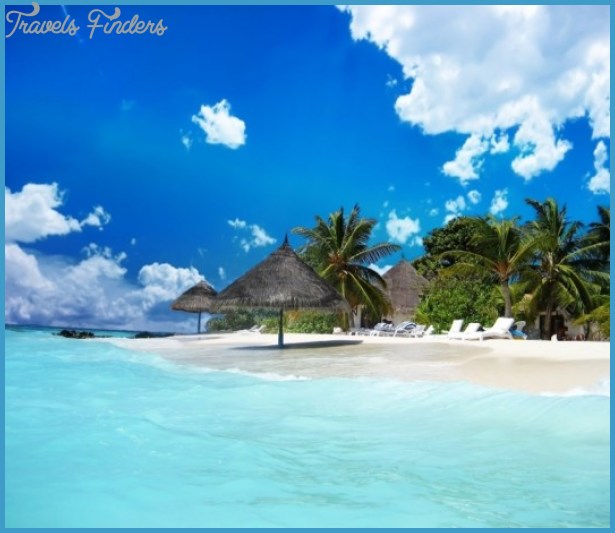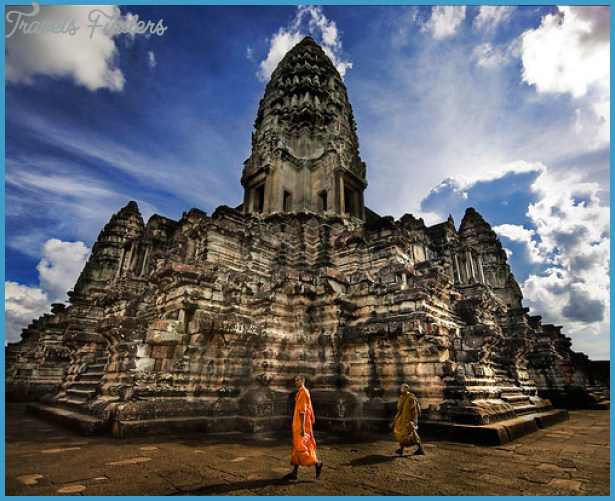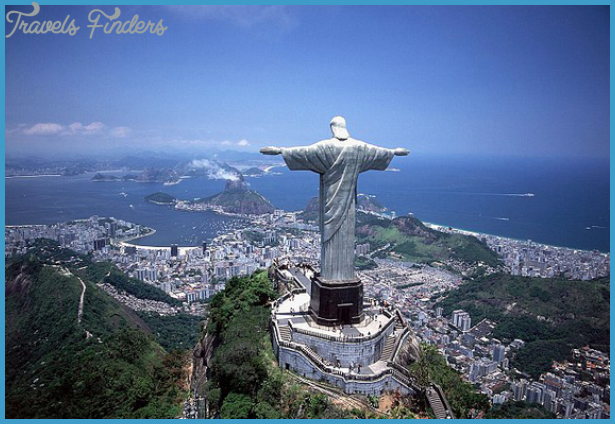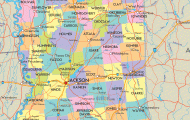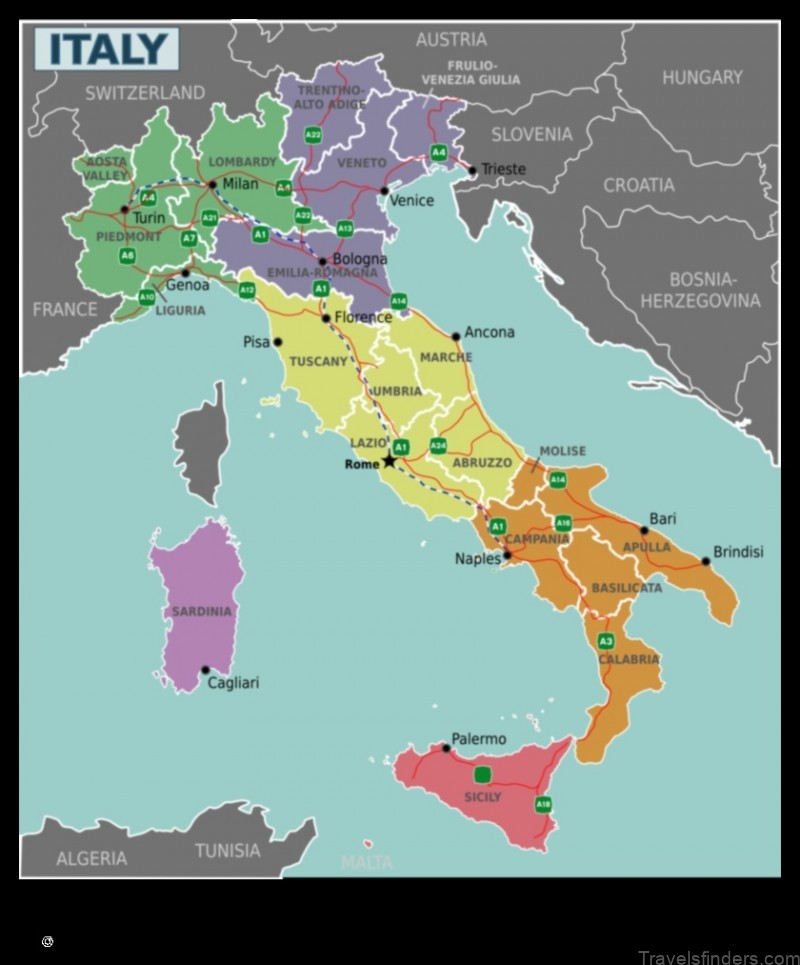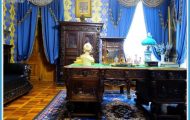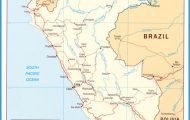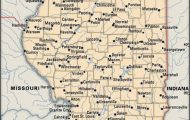Dotting the South Pacific are hundreds of islands, many of them in clusters hundreds of miles distant from other clusters. Fiji and New Caledonia are such clusters. So is Tonga, ruled over by a king and thirty-three nobles. So is Western Samoa, ruled by four paramount chiefs. So is American Samoa. Halfway between Hawaii and New Zealand and halfway between Fiji and Tahiti are the Cook Islands. Only twenty thousand people populate the fifteen Cook Islands.
Few people have heard of Kiribati. Until 1976 it was the Gilbert and Ellice Islands, a British Colony. It is now a nation of forty thousand Micronesians with one twenty-six-room hotel, one twenty-four-room hotel and some rest houses. It is also a country where if you should see a woman without a nose, you can be pretty sure she strayed from the marital bed. With tradition to support him, her husband bit off her nose.
The South Pacific has other island clusters, several of them little known to North America. The Solomon Islands are another independent country of about 200,000 persons, mostly Melanesian. New Caledonia is a French Overseas Territory with plenty of nickel for mining.
And we must not overlook Nauru, a nation of seven thousand people built on dung. Bird dung, that is. The island’s chief and almost only source of income is from phosphate built up over the centuries in the form of bird droppings. Thanks to the birds the standard of living is one of the highest in the entire Pacific. There is even a Nauru airline. When the dung which is made into fertilizer runs out, the nation will move to another island.
The Far East is called East Asia by the Pacific Area Travel Association and comprises China, The Republic of China (Taiwan), Hong Kong, Macau, Japan, and Korea. The same association treats Bangladesh, India, Nepal, Pakistan and Sri Lanka (formerly Ceylon) as South Asia. Southeast Asia as defined by PATA comprises Indonesia, Malaysia, the Philippines, Singapore, and Thailand.

